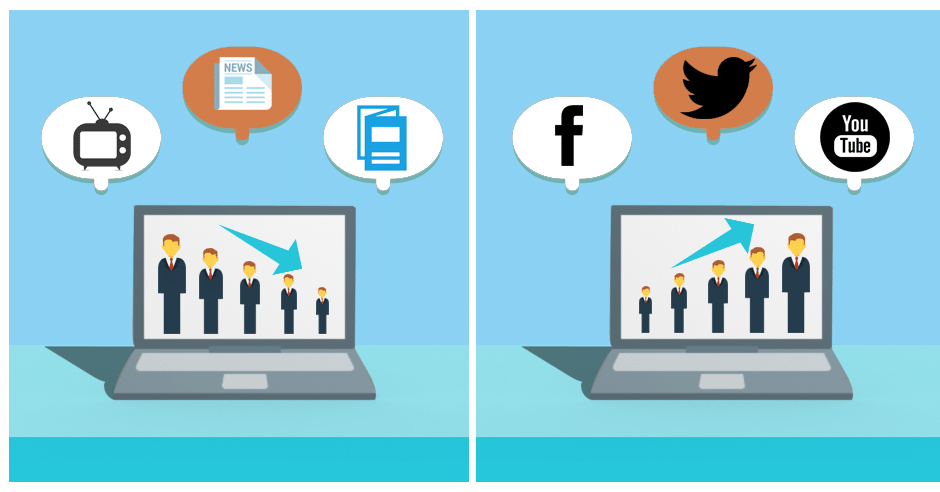
Social media is becoming imperative for the marketing and is considered one of the best means to reach clients.
The Social media platforms, such as blogs, Facebook, Twitter and YouTube come up with some advantages for companies and are exceeding traditional media formats such as print and TV ads, brochures, flyers and email campaigns very fast. Social media is now indispensable for your organic SEO efforts using the links that social media can generate naturally to your site.
When customers ask for help, they expect companies to offer it instantly via multiple Social-Media channels—but most businesses don’t turn to that.
Some companies augment their social media staff to provide live-responses during significant events but then they come back to essentially one-way social media or content marketing.
(According to research conducted from Sprout Social, since 2013 the number of customers who expect a response through social media has doubled. Moreover, it is estimated that seven out of eight messages to companies go unanswered for 72 hours).
There is also expectation from customer for one brand account to respond to all kinds of needs, comprising marketing information and customer-service requests. But the main challenge here is marketing managers aren’t trained to attend to questions or complaints about service or product performance.
For building effective relationships with clients online, there should be a cross-functional social media team, where marketing works collaboratively with other departments. Getting involved with social responsibilities with relevant people across the organization can be competent and help make one-on-one customer engagement scalable.
The Cross-functional social media teams can advance the stages of the buying cycle, by getting connected with the right employees with the right customers at the right time. Consumers’ requirements change when they are in the pre-purchase, purchase, and post-purchase steps of buying, so different employees are useful to customers in a different way at various stages.

